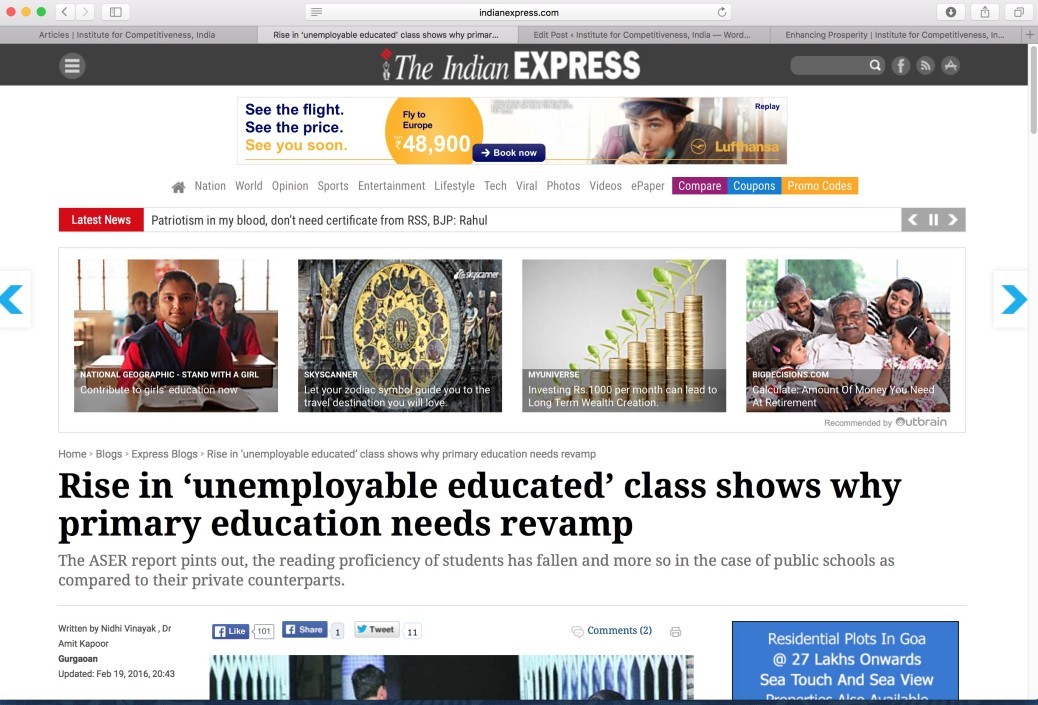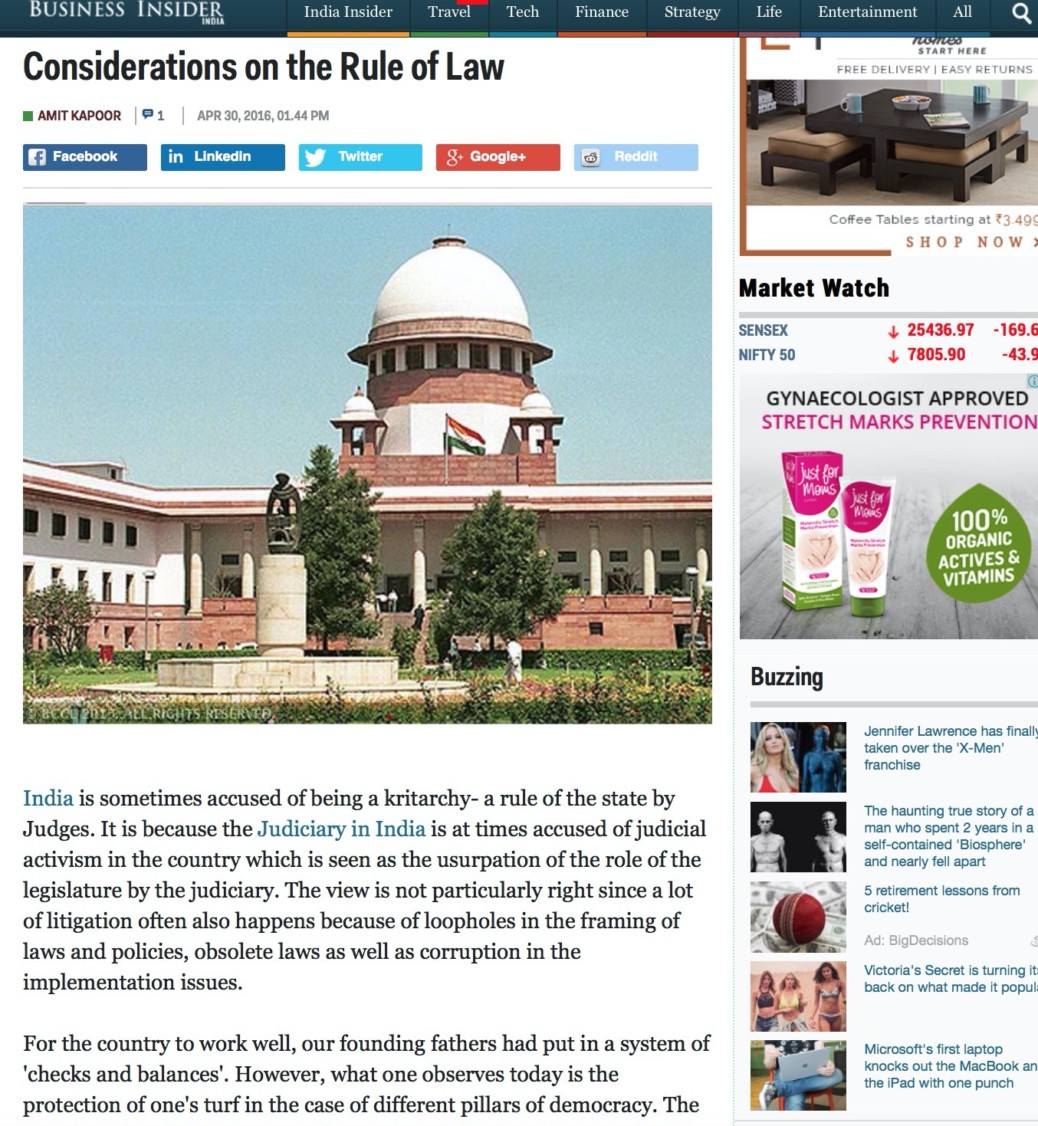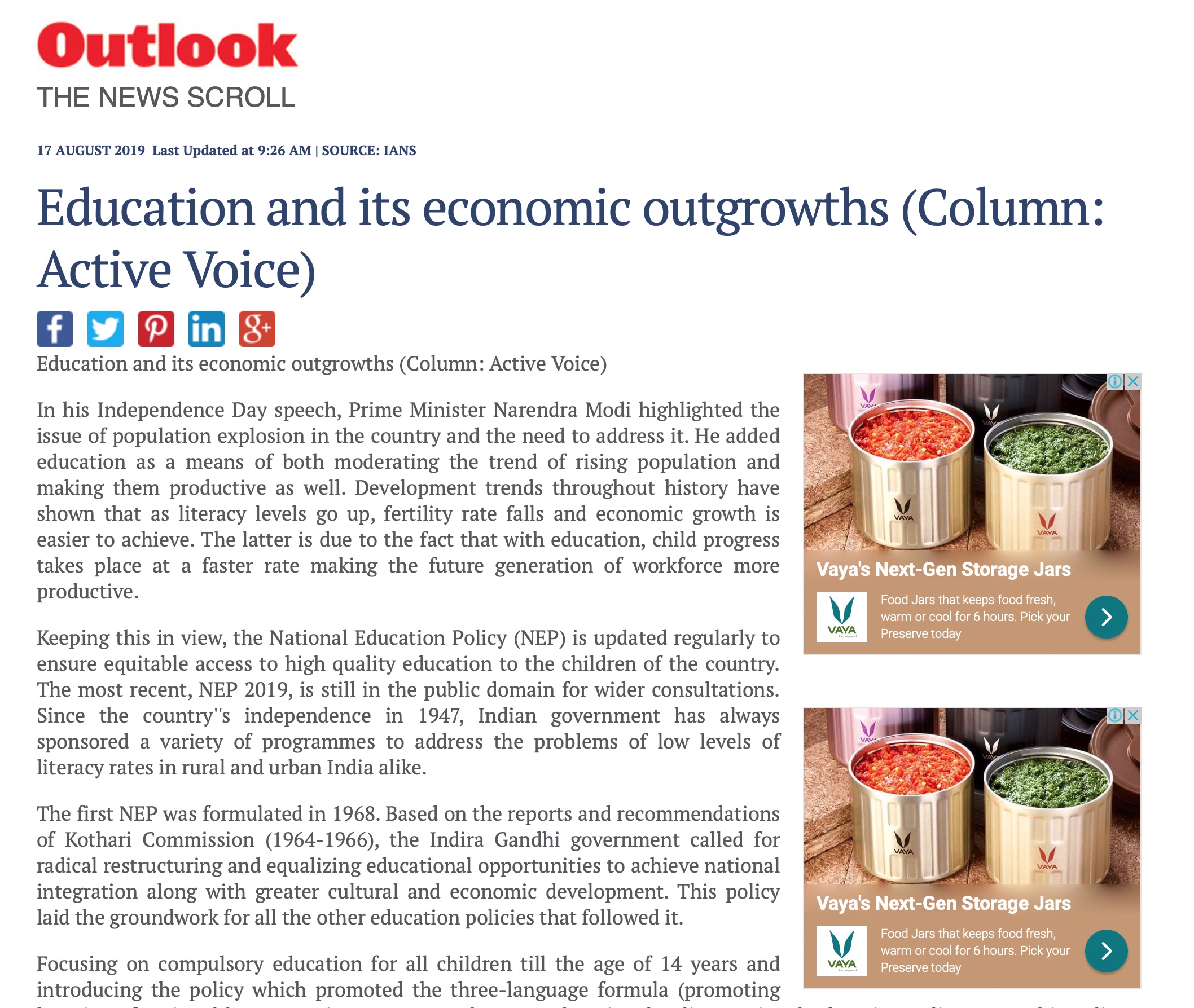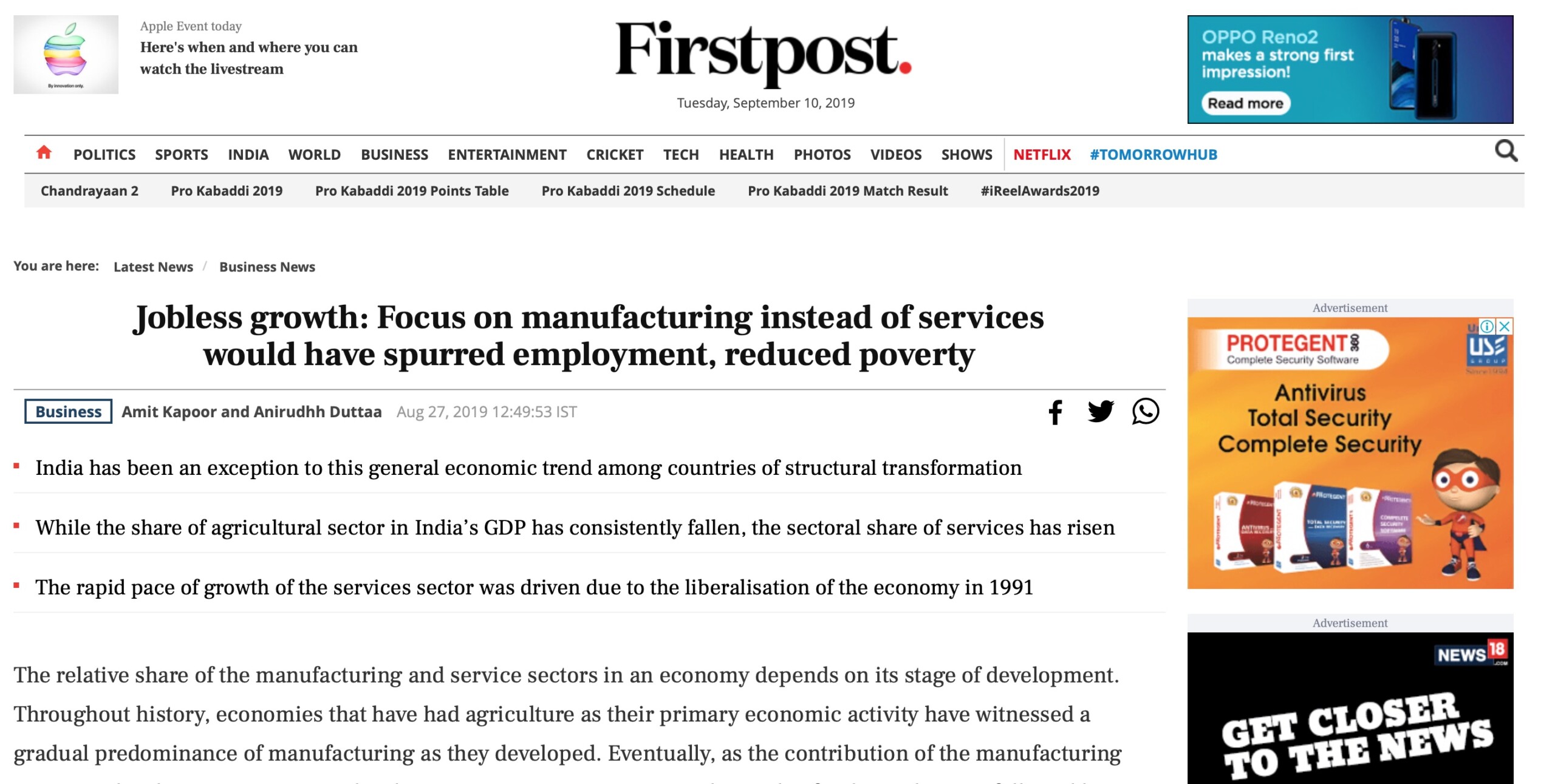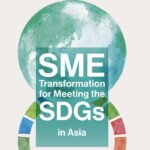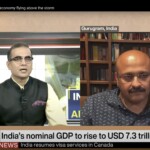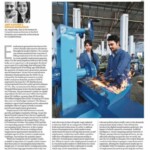Rise in ‘unemployable educated’ class shows why primary education needs revamp
The state of education in India is precarious. This is even more so for basic education than for the higher education. What is surprising is that even after 68 years of independence a huge percentage of Government school children are unable to read even in their own mother tongue. The ASER report over the years has repeatedly pointed out this problem. It also points that since 2008 the reading proficiency of students has fallen and more so in the case of public schools as compared to their private counterparts.
Often during the course of a casual conversation on primary public education one gets to hear such assertions as ‘The Government teachers are to be blamed’, ‘Government teachers are concerned only about salary, they don’t want to work!’, ‘Children in such schools are basically slow learners’, etc. which offer an insight about how people perceive our primary public education system. A good place to evaluate these views is to look at what goes into the learning process in the school. It can be done by looking at the learning process within the school from the perspective of the teachers as well as from the viewpoint of the students.
Teacher’s Perspective
Normally a teacher has three challenges that confront him/her in his professional life.
First, getting over the ‘creativity deficit’. This deficit arises as teachers are not given the independence to allow being creative in teaching children. A case in point is the ability of teachers to make classes more interactive for the children. Often teachers are burdened with weekly ‘objectives’ that are provided beforehand from which they dare not ‘digress’. This absolute control of school authorities unfortunately gets reflected in declining motivation levels of the teachers; and subsequently as poor output in terms of teaching and learning. There is excessive pressure on them to finish the syllabus ‘on time’, irrespective of whether the children are learning anything or not. Repetition of syllabus for the benefit of students can help benefit students who have trouble understanding things in the first go. However, this is something which is not encouraged in schools.
Secondly, a teacher strives to reconcile language curriculum with child development. At present some of the language material is too complex for a beginner in a particular language. For instance, the language textbook in grade 1 begins with the first chapter ‘Jhoola’, which is a thirteen-line poem. It is assumed that children will learn to read when meaningful text is given to them. However, this is generally not the case with children who are not born into affluent families, and who are not exposed to books with proper phonics instruction in pre-school. This is where the children who come to Government schools have a distinctly different reality – no prior books, no reading practice, mostly uneducated/semiliterate parents, no quality preschool education and hence no letter-sound knowledge, before they enter formal schooling. This makes it impossible for a child to grasp the current curriculum. A teacher must overcome this language-symbol barrier in children at class 1 level for them to succeed later on.
This is where the third challenge for teachers comes in. It is due to lack of appropriate training with onsite support. This becomes pronounced as there is a mismatch between expectations of curriculum designers and the reality of first generation learners. Often due to the second challenge it is important for the teachers to be trained in proper use of ‘balanced approach’ to ‘teach’ reading. A balanced approach takes the best of the ‘whole language’ and the ‘phonics’ approach. Unfortunately, the in-service training provided to teachers is not governed by their requirements and lacks onsite support and feedback. Hence, these do not translate into practice and leads to the outcomes as pointed out in the ASER report on learning outcomes.
Child’s Perspective
From a child’s perspective, the most important thing that takes root is that there is a complete de-motivation in the learning process. A child looks at the book and symbols and sees that something is written but that often does not make sense. The child repeats what he/she hears but without understanding what or how or why is it being said. During writing the child often copies and writes from the blackboard till the day gets over. This goes on day after day with no real learning takes place. Gradually, as the child continues to go on to higher classes, thanks to the Right to Education Act, he/she keeps falling behind.
Eventually, a type of ‘Mathew Effect’ (accumulation of advantage, leading to rich becoming richer and poor becoming poorer) becomes visible in learning outcomes. Finally, frustrated with the system a child eventually drops out of school. Or gets promoted till Class VIII, fails the next year and then drops out. Some children, who despite all this do pick up reading and writing, become the front benchers and attract the entire attention of the teachers. The rest, well, are labelled as ‘slow learners’ and ignored. The few children who go on to do further studies do so with inadequate reading and comprehension skills and find themselves to be unable to handle vast texts with complicated concepts. They may graduate but lack real understanding of the subjects learnt and have poor writing skills. It eventually contributes to what we end up with at last, i.e., an increasing percentage of ‘unemployable educated’ class.
What can be done?
The above picture reflects a grim picture but all is not lost. With concentrated efforts, much can be achieved. Things need to change at the administrative level. Control on teachers needs to be reduced, thereby giving them space to be creative in teaching. Language curriculum designers need to revise the textbooks, keeping in mind the specific needs of students with less privileged background. Teachers need to be trained on pedagogy followed by proper onsite support. If India has to progress and ‘Education for All’ has to be achieved, all this must be done. The question is ‘Do we really want to work for these kids, or are we always going to be content with the few pass outs from the likes of elite institutions like DPS, Doon School and Sanskriti?’ Unless we change, the prognosis is scary for a country that has such a vast number of students in the schooling system at present.
Published in Indian Express on February 19, 2016. To know more
